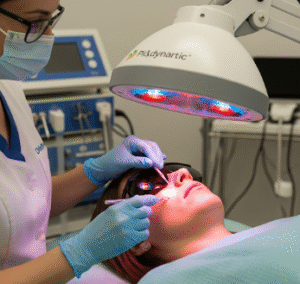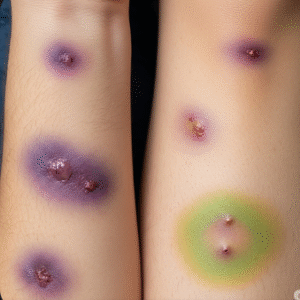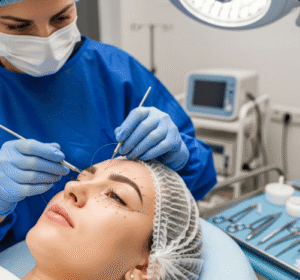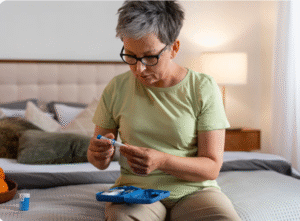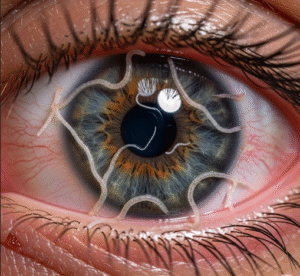Overview
Staph infections are caused by Staphylococcus aureus, a common bacterium found on the skin and in the noses of healthy individuals. While usually harmless, it can cause various infections when it enters the body through cuts, abrasions, or medical procedures. In Korea, staph infections are frequently reported, especially in hospitals and healthcare settings. Public health efforts focus on infection control and awareness of drug-resistant strains like MRSA.
What is Staph Infection?
A staph infection is any infection caused by the Staphylococcus aureus bacterium. It can range from minor skin problems to serious, potentially life-threatening conditions such as bloodstream infections, pneumonia, or surgical wound infections. The bacteria can be transmitted through direct contact with an infected person or by touching contaminated surfaces.
Symptoms
The symptoms depend on the type and severity of the infection:
- Skin infections: Boils, pimples, impetigo, cellulitis
- Wound infections: Redness, swelling, pus, pain
- Food poisoning: Nausea, vomiting, diarrhea, abdominal cramps
- Severe infections (invasive): Fever, chills, low blood pressure, confusion, joint or bone pain
Common signs of staph skin infection:
- Warm, red, swollen skin
- Pain or tenderness
- Pus or drainage
- Blisters or crusted sores
Causes
- Bacteria entering the body through:
- Cuts, insect bites, or abrasions
- Surgical wounds or catheters
- Medical devices like pacemakers, artificial joints
- Contact with contaminated surfaces or skin
- Poor hygiene practices
Risk Factors
- Open wounds or recent surgery
- Weakened immune system
- Diabetes or chronic conditions
- Hospital stays, especially in ICUs
- Use of invasive medical devices
- Contact sports or shared equipment
- Crowded or unsanitary environments
- Previous antibiotic use (especially overuse)
Complications
- Abscess formation
- Sepsis (blood infection)
- Osteomyelitis (bone infection)
- Endocarditis (heart infection)
- Pneumonia
- Toxic shock syndrome (TSS)
- MRSA infection, resistant to common antibiotics
- Recurrence or chronic infections
Prevention
- Maintain good personal hygiene
- Wash hands regularly with soap and water
- Clean and cover wounds promptly
- Avoid sharing personal items (towels, razors)
- Sanitize sports equipment and surfaces
- Follow infection control measures in healthcare settings
- Screen and isolate MRSA carriers in hospitals (common practice in Korea)
Treatment Options in Korea
South Korea provides high-quality medical care for staph infections, with advanced diagnostic tools and effective treatment protocols.
Diagnosis:
- Physical examination of skin or wound
- Bacterial culture (swab or blood sample)
- Blood tests and imaging for invasive infections
- Antibiotic sensitivity testing to guide treatment
Treatment:
- Mild infections:
- Topical antibiotics (mupirocin)
- Oral antibiotics (dicloxacillin, cephalexin)
- Severe or invasive infections:
- IV antibiotics (vancomycin for MRSA, nafcillin)
- Hospitalization and supportive care
- Surgical drainage for abscesses
- Wound care and cleaning
- Monitoring for recurrence






